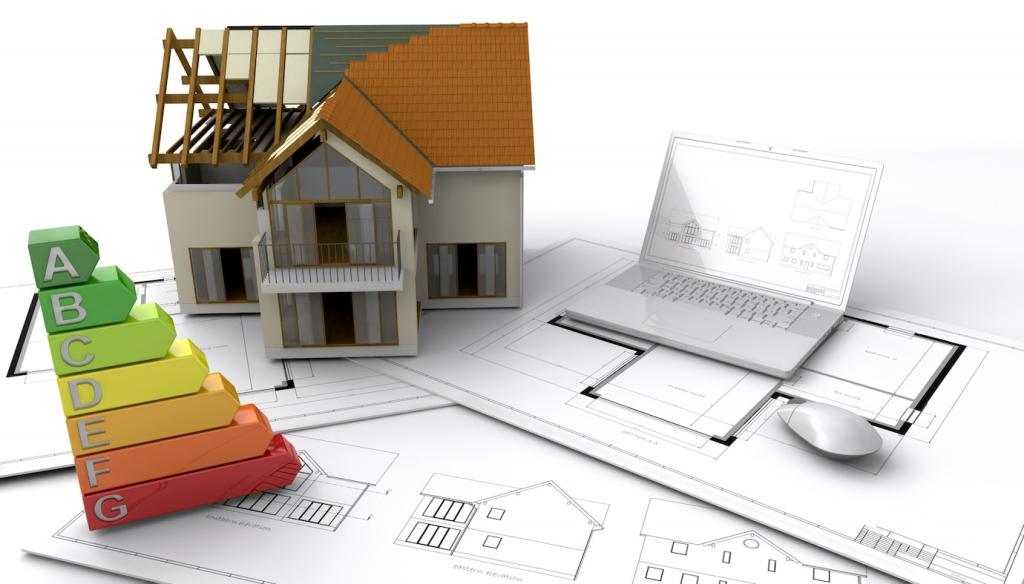Eco-Friendly Renovation Tips
Renovating your home opens up the perfect opportunity to lessen your environmental impact and create a healthier living space. Eco-friendly renovation focuses on making mindful choices, from materials and designs to energy and water use. Whether you’re planning a small refresh or a major overhaul, integrating sustainable practices can benefit your family, your wallet, and the planet. Discover comprehensive insights and strategies that will guide you through every stage of a green renovation, ensuring your improvements are as kind to the earth as they are to your home.
Sustainable Building Materials
Incorporating reclaimed and recycled materials is a powerful way to reduce the environmental burden of new constructions. From salvaged wood beams to bricks and recycled metal fixtures, these materials breathe history and character into a home while minimizing waste. Sourcing locally further reduces transportation emissions. By integrating reclaimed elements, you not only save resources but also create one-of-a-kind features that tell a story and elevate the uniqueness of your renovation.

A well-insulated home needs less energy for heating and cooling, directly decreasing your energy use and greenhouse gas emissions. Modern eco-friendly insulation options, like cellulose, sheep’s wool, or recycled denim, perform admirably while being gentle on the environment. Upgrading your insulation ensures stable temperatures indoors, lowers reliance on air conditioning or heating, and pays off quickly through lower bills and increased home value.
Energy Efficiency Upgrades
Water Conservation Strategies
Low-Flow Fixtures
Contemporary low-flow faucets, showers, and toilets use significantly less water than their older counterparts, often without sacrificing performance. By installing these devices, you can dramatically cut your household’s daily water consumption. Advances in design tech mean you won’t notice a drop in comfort or convenience. Upgrading to low-flow fixtures is a straightforward way to contribute to water conservation and see immediate results reflected in your water bill.
Rainwater Harvesting Systems
Rainwater harvesting is a smart solution for reducing reliance on municipal water supplies. These systems collect rainwater from your roof and store it for landscaping or even for flushing toilets. Incorporating rainwater catchments in your renovation projects helps manage stormwater runoff and provides a renewable source for non-potable water demands. The integration can be simple or sophisticated, making it adaptable to nearly any property.
Drought-Resistant Landscaping
Switching to drought-resistant landscaping, or xeriscaping, means selecting native and low-water plants for your garden. This approach minimizes the need for irrigation and chemical inputs, preserving water while creating resilient natural habitats. Proper soil preparation and mulching can further reduce evaporation, keeping gardens green and beautiful with less maintenance and less environmental strain.
Indoor Air Quality Improvements
Natural Ventilation Design
Designing renovation plans to optimize natural airflow significantly improves air quality inside your home. Placing windows, vents, and skylights strategically allows fresh air circulation without over-reliance on mechanical systems. Good ventilation helps expel indoor pollutants and moisture, combating mold growth and stale air. Renovations that harness cross-breezes and stack effect principles result in more comfortable, pleasant interiors and energy cost savings.

Waste Reduction During Renovation
Deconstruction Over Demolition
Whenever possible, opt for deconstruction instead of rapid demolition when removing old structures or interiors. This deliberate process involves carefully dismantling spaces so valuable materials—wood, fixtures, hardware—can be salvaged and reused. Deconstruction prevents useable items from ending up in landfills and can even provide tax savings if donated to local charities or reuse centers. This sustainable approach turns renovation debris into new opportunities.
On-Site Recycling Practices
Organizing and separating materials on-site allows easy diversion of waste streams like metals, cardboard, concrete, and plastics to appropriate recycling facilities. Many contractors now offer green waste management services as part of their offerings. Establishing a clear system for recycling and disposal from the outset of the project helps meet environmental goals and keeps your renovation tidy and professional.
Thoughtful Material Planning
Designing your renovation to use materials efficiently means fewer offcuts and leftovers. Accurate measurements, digital design tools, and pre-fabricated elements can significantly limit waste. Ordering exact quantities and considering modular or adaptable products further reduces excess. By planning your material needs carefully, you support sustainability and maximize the value of every investment in your renovation project.
Previous
Next
Renewable Energy Integration
Installing solar panels during your renovation enables your home to generate clean electricity from the sun. With advancements in panel efficiency and storage batteries, even homes in cloudier climates can benefit. Many governments offer incentives that reduce upfront costs, making solar integration more accessible. Solar energy not only slashes utility bills but also adds long-term value and independence to your property.
A smart thermostat learns your routines and preferences, adjusting heating and cooling only where and when you need it. These devices can be programmed remotely and offer detailed insights into your energy consumption. By preventing unnecessary HVAC use, smart thermostats produce immediate savings and help extend the life of your mechanical systems, all while reducing your environmental footprint.

